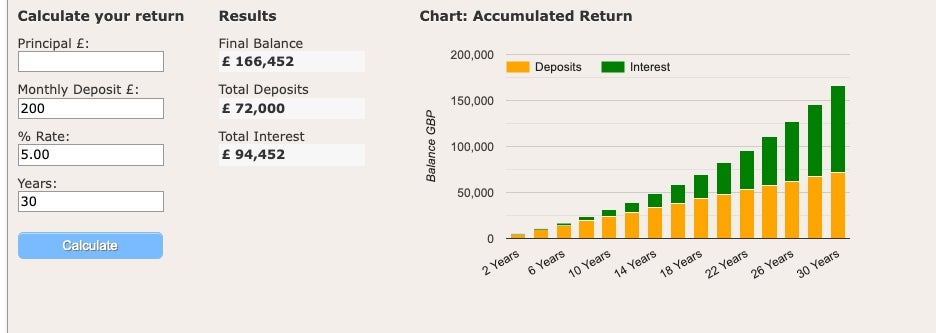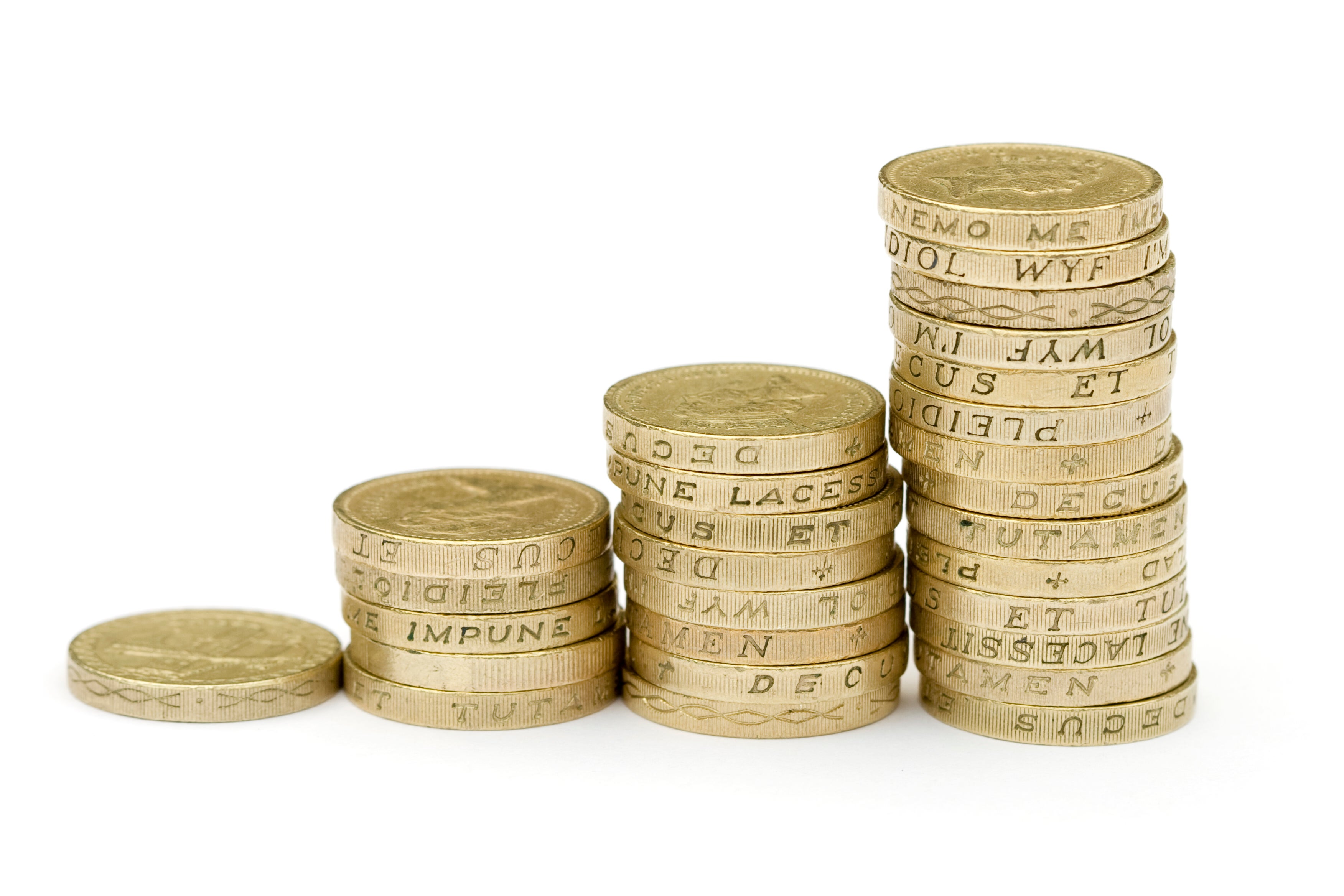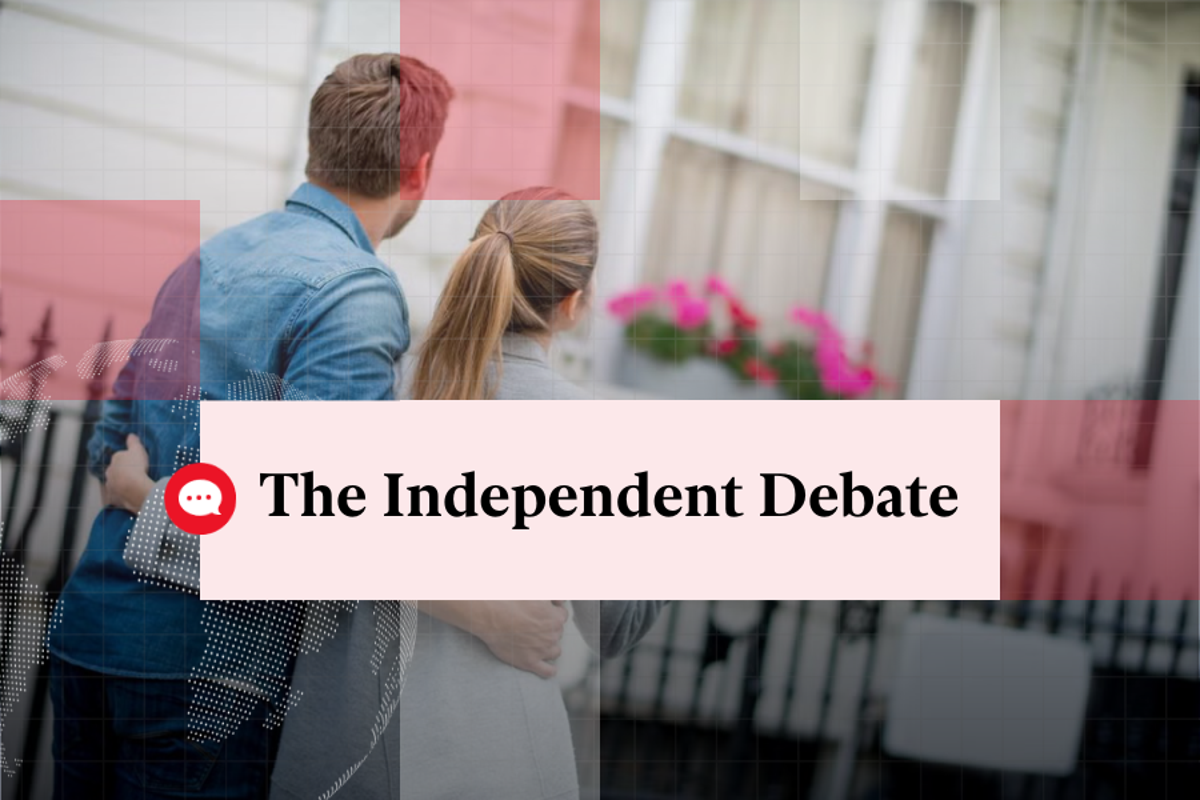
How compounding works and why it’s your most powerful wealth-building tool
Compounding is the secret to how the rich get richer. Or, as Benjamin Franklin put it, “Money makes money. And money that makes money, makes money.”
Fortunately, you don’t need to start rich to harness the power of compounding. It can work with surprisingly small sums, given enough time.
What is compounding?
Compounding is easiest to explain through an example:
If you leave £10,000 in a savings account for one year at an interest rate of 5 per cent, you’ll earn £500 in interest. Now you have £10,500.
Keep this £10,500 in the same savings account for another year, and this time you’d earn £525 in interest. Keep doing the same, and by year 16, you’d be earning over £1,000 a year in interest. By year 30, you’d earning over £2,000 a year.
At this point, your £10,000 savings would have turned into £40,000 – without you paying in a penny more: The earned money itself begins to earn money.
This is how compounding works: Leave your money untouched, allow it to generate a return, and then generate a return on that initial return.
How powerful is compounding?
Albert Einstein is attributed to the quote of compound interest being “the eighth wonder of the world” – so, pretty powerful. But again, it’s easiest to understand the power of compounding using examples with real monetary amounts.
Let’s assume that you regularly pay £200 a month into savings for many years. You never miss a month or make a withdrawal, and you consistently earn 5 per cent interest every year.
In your sixth year of saving, you would earn ten times more interest than your first year.
During year one, you’d pay in £2,400 in total and your annual interest would be £70. But in year six, while you’d still pay in £2,400 in total, your interest that year would be £760.
Get a free fractional share worth up to £100.
Capital at risk.
Terms and conditions apply.
ADVERTISEMENT
Get a free fractional share worth up to £100.
Capital at risk.
Terms and conditions apply.
ADVERTISEMENT
By year 15, your savings would grow more through interest than through your actual payments. You’d still be paying in £2,400 a year, but your interest that year would be £2,500 – and it would continue to grow in every subsequent year, as the chart below from helpfulcaculators.com shows.

After 26 years, you would have doubled your money with the interest accrued.
You would have paid in £62,400 in total, and you would have earned interest of £64,300. This gives you a total of £126,700.
Consistency, and time, are the key factors at play – along with a constant rate of interest in this example, which is of course one factor out of your control.
How does compounding work with investments?
When we’re talking about compounding in the context of savings (or interest-bearing securities), as in the example above, we specifically mean compound interest. If we’re talking about investments, we’re discussing compound returns.
The same principle applies: if you reinvest your returns (e.g. capital gains or dividend payments), your subsequent returns will be based on a higher capital amount. For example, if you invested £10,000 and made gains of £700 in year one, you’d have £10,700 to invest in year two.
Compound returns are not so easy to forecast. A seven per cent gain in year one does not ensure a seven per cent gain in year two. Your actual gain could be higher, lower, or even negative.
However, an investor pursuing compound returns would have little concern for a negative return in year two. This is a long-term investment strategy, and occasional losses are to be expected in any such strategy; these tend to be balanced out by better returns in other years.
Which is better: saving or investing?
Having read the examples above, you might be drawn to the certainty of savings over the unpredictability of investments. However, you should note that our savings example uses an interest rate of five per cent, for simplicity.
But it would be very unusual for cash savings accounts to offer this rate year after year for thirty years. Interest rates fluctuate and can sink to near zero for years at a time.

Inflation would also diminish the buying power of your savings each year. Just to keep pace with inflation, you would need to double your money every 30 years.
Historically, your best chance to beat inflation has been by investing in equities. This asset class does not produce a consistent annual return, but over long periods, is expected to deliver average returns of seven to ten per cent. That means it’s possible to achieve a real return (in other words, adjusting for inflation) of around 5 per cent.
How can you take advantage of compounding?
Luckily, taking advantage of compounding is not hard work. The main requirement is patience…and actually starting. There are a few other pointers you should consider:
- Start as soon as you can
- Invest in a fund or diverse portfolio of equities
- Maintain regular payments into your portfolio
- Stay invested for many years, avoiding withdrawals
- Regularly review your portfolio performance
And remember – you don’t have to start with huge amounts either, you just have to start.
When investing, your capital is at risk and you may get back less than invested. Past performance doesn’t guarantee future results.







